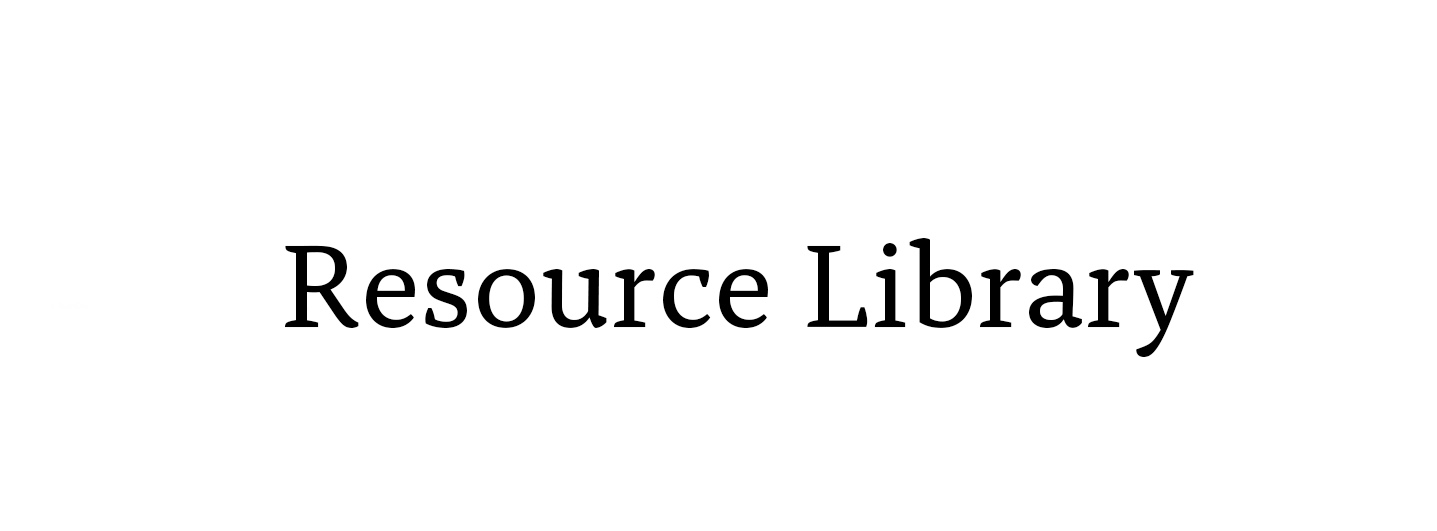Being on Medicaid can have many benefits. But, each state has different requirements for qualifying. Understanding these different requirements and figuring out how to meet them is a challenge, so we’ve created a guide to help you understand Medicaid Spend Down, which is a common way of meeting Medicaid eligibility requirements.
What is Medicaid?
Before we get started on explaining Medicaid Spend Down, it’s a good idea to fully understand Medicaid itself! Medicaid is a partnership between the federal government and individual states that helps older adults cover the costs of healthcare. Besides typical healthcare costs, Medicaid can also help reduce the cost of nursing home care and accommodations for those with disabilities. There are a few baseline requirements to qualify for Medicaid:
- Be a US citizen or qualifying non-citizen.
- Be 65 or older.
- Have a permanent disability or blindness.
- Be in need of healthcare/insurance assistance.
- Meet income and asset thresholds.
Each state has its own eligibility requirements, and the income and asset thresholds are some of the trickiest requirements to navigate. That’s where the idea of Medicaid Spend Down comes in.
What is Medicaid Spend Down?
Also known as a “medically needy program” or “Medicaid Excess Income Program,” Medicaid Spend Down is a financial strategy commonly used by individuals who are just above the income and asset thresholds for Medicaid eligibility. The idea is in the name: people “spend down” their income and assets to meet the eligibility requirements. This spend-down amount is the difference between the individual’s income and the Medicaid income limit, as defined by the state over a given time period (typically one to six months). Some states may accept the spend-down as a simple monthly premium paid directly to the Medicaid program, while others require any bills from “spending down” to be sent to Medicaid.
How to Spend Down
Only certain costs qualify for spend-down. In most cases, the easiest way to “spend down” is to use the spend-down amount on healthcare or medical-related bills. Once the decision to “spend down” has been made, it’s crucial to carefully track every medical bill!
Some common forms of spend-down spending include health insurance premiums and doctor’s visits/other medical care bills, as well as medication and medical equipment, which can be anything from glasses to a wheelchair ramp. Medical-related costs, like the cost of transportation or of paying for a caregiver, are also eligible!
One of the most important things to remember about spending down is to plan ahead! The earlier the spend-down is planned, the more options are available. Regulations can be complex, so try to seek the help of a financial advisor, professional Medicaid planner, or elder-care attorney. There are many different moving parts to becoming eligible for Medicaid, so remember to plan ahead and seek help when necessary!




